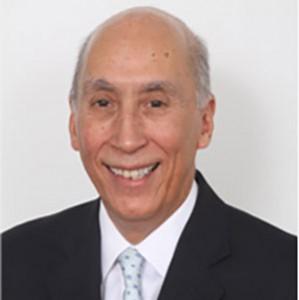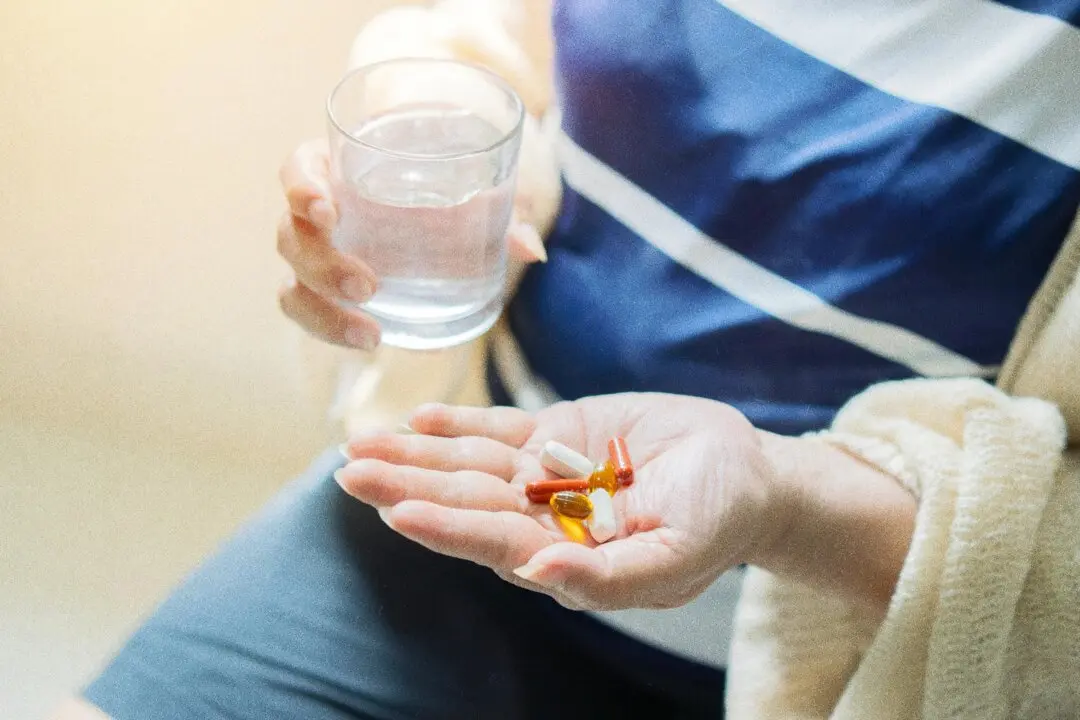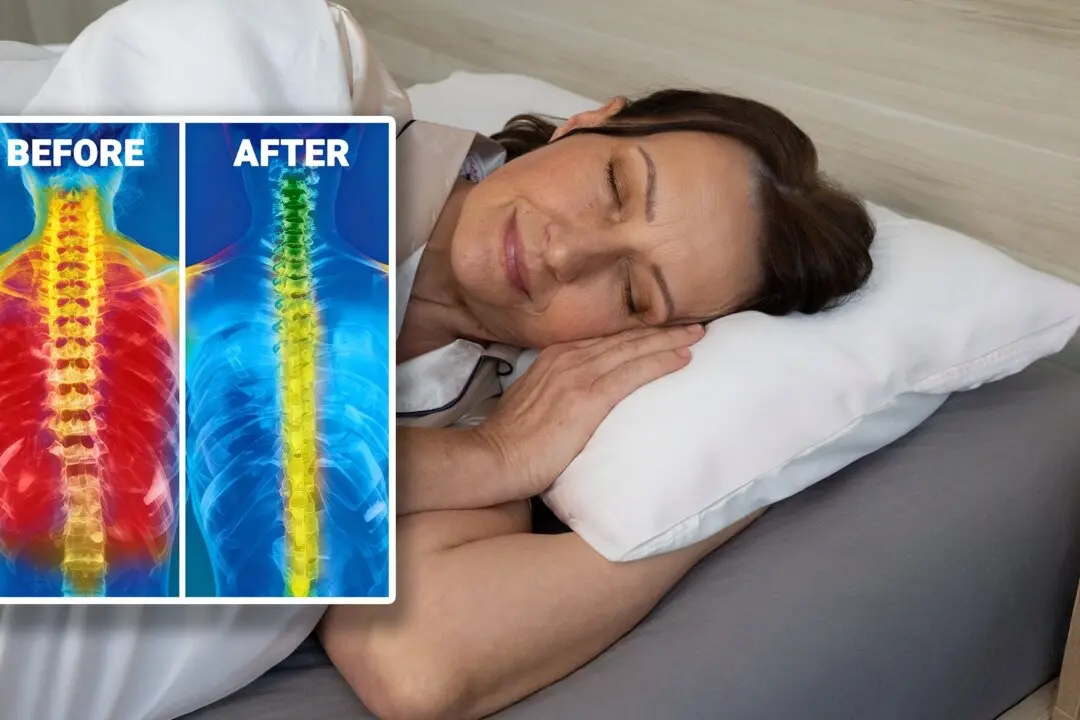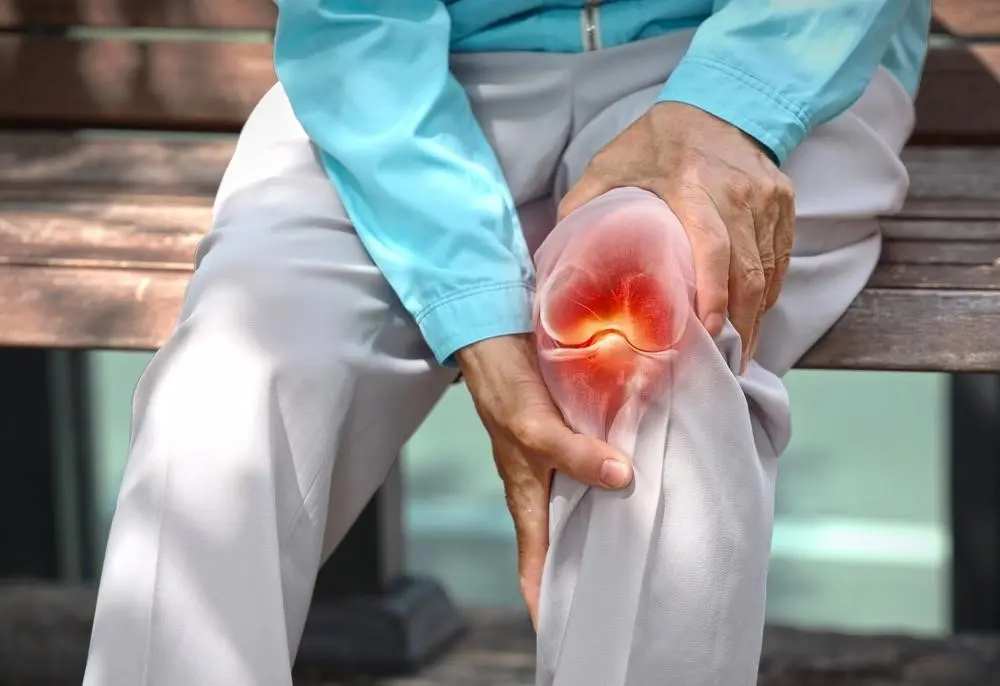NEW YORK—Personalizing care is key for orthopedic shoulder surgeon Dr. Francis Mendoza.
If you love golf, he creates a recovery program that integrates swinging your club. If tennis is your thing, he'll have you start with groundstrokes and progress to serves as your shoulder heals. If you’re a conductor or musician, Dr. Mendoza will incorporate use of your instrument during recovery.
“There are a number of ways to integrate the activities people enjoy into their treatment program. To accomplish this, I rely on my engineering background combined with my extensive, medical knowledge of the shoulder,” he explained.
Over 40 years ago, Dr. Mendoza left a career in aerospace engineering to pursue medicine. After he earned his doctor of medicine at Columbia University, he trained in orthopedic surgery and did a specialized fellowship in shoulder and elbow surgery at New York’s Presbyterian Hospital.
When Dr. Mendoza opened his private practice, now in Midtown East, he decided not to be part of any insurance network.
“When you have pressures, like quotas of patients per hour to treat, unfortunately, something has to give,” he said. To this day, he remains an out-of-network physician in order to better serve his patients and personalize their care.
Dr. Mendoza is also the director of shoulder and elbow surgery at Lenox Hill Hospital. He is a member of the American Shoulder and Elbow Surgeons, an invitation-only organization of leading shoulder surgeons that has only 420 members worldwide.
He also co-designed a shoulder replacement and now travels throughout the United States and internationally to teach residents and practicing orthopedic surgeons the techniques of shoulder-replacement surgery.
“I enjoy teaching surgeons with the hope that this will lead to better patient care,” he said.
Minimal or No Surgery
Although he’s a surgeon, Dr. Mendoza said he’s keen to avoid surgery whenever possible. “Most shoulder conditions are treated successfully without surgery, so that’s another aspect that I enjoy,” he said.
Rotator cuff injuries are the most common shoulder injuries Dr. Mendoza treats. These range from bursitis and tendinitis to rotator cuff tears with or without associated boney spurs.
The rotator cuff is a group of muscles and tendons that attach the ball of the humerus (upper arm) to the socket of the scapula (shoulder blade). Age, repetitive use, or trauma can cause it to tear, especially in people over 40. Symptoms of a tear include pain when lifting or lowering the arm, weakness, and loss of mobility.
Depending on the severity of the tear and the patient’s needs, rotator cuff tears can often be treated effectively with a combination of rest, use of a sling, physical therapy, anti-inflammatory medication or a cortisone injection.
“Only if these don’t work, is surgery considered,” he said. “Most rotator cuff tears can be treated with arthroscopic surgery.”
The Less Cut the Better
Surgery removes bone spurs and or inflamed tissues so the tendons have room to heal. If the rotator cuff is badly torn, a surgeon may also need to repair it.
Arthroscopic surgery has some big advantages over the open procedures that Dr. Mendoza once learned in medical school. Open procedures require an incision that’s about two and a half inches in length. To reach the injured rotator cuff, a surgeon needs to carefully cut through the deltoid muscle and other layers of tissue.
By contrast, arthroscopic surgery gets to the problem while avoiding “all the innocent tissue that would ordinarily have to be cut.” “So there’s less blood loss, there’s less overall injury to the surrounding tissues, and the patients can recover faster with much less discomfort,” Dr. Mendoza said.
Arthroscopic surgery uses several pencil-size instruments to enter the shoulder via three to four small holes in the skin. One instrument—the arthroscope—is a camera that surgeons use to display the internal damage on an external TV monitor.
Often a small motorized bur with a surrounding vacuum is used to shave off spurs and remove debris. Rotator cuff tears can generally be repaired with small anchors placed into the bone. Depending on the extent of the repair, patients often can start using their arm the following day for light activities.
Recovery for open procedures begins with six weeks in a sling. With arthroscopic procedures, Dr. Mendoza’s patients are often back on the golf course or tennis court or in the gym in that time, using the activities they love to help them heal.
“By personalizing the patient’s care around their otherwise demanding life, their recovery becomes easier,” Dr. Mendoza said.






